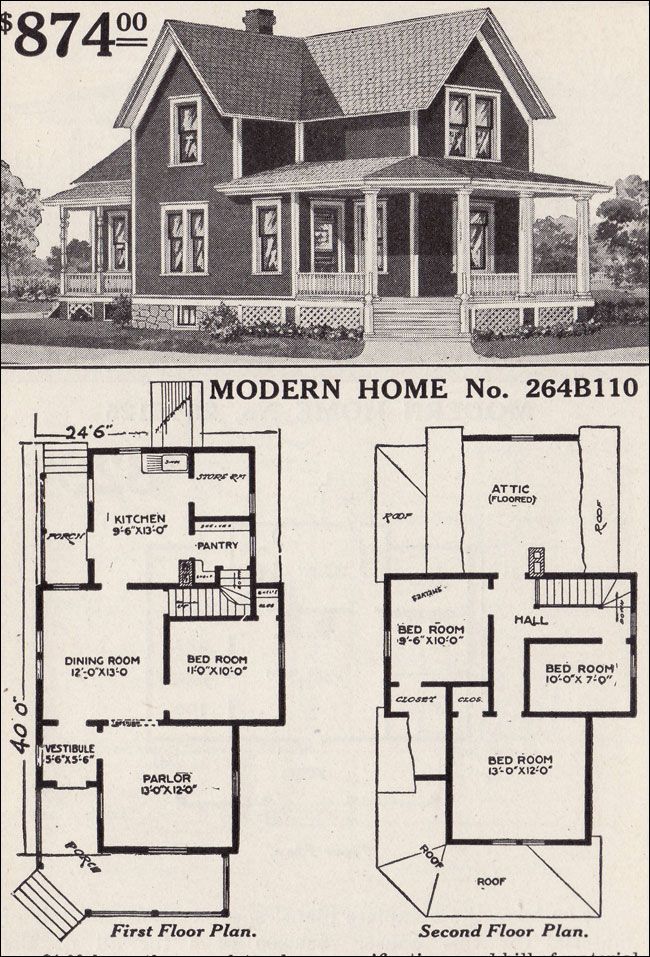Mortgage lease in building
Mortgage lease in buildings are mainly referred to money borrowed to finance the construction of the building. So a civil engineer must be well versed with these terms and rules. Here is a detailed description of these terms. Therefore read on to get through with mortgage and lease.
Mortgage
An owner can borrow money against the security of his property. For that purpose he is required to grand an interest to the party advancing the loan. But the loan is required to be returned in specific time. The person who takes a loan is called as mortgagor. The person who advances the loan is known as mortgagee. The document for the mortgage transaction is known as mortgage deed. When the loan is fully repaid together with interest the mortgagor has got the right to free his property and this is known as equity of redemption.
The amount of loan will depend on the valuation of the property. Usually 52 to 70% of the valuation is advanced as loan.

Freehold property
In mortgage lease buildings freehold property means that the owner is in absolute possession of the property. Because the owner can utilize the same in any manner he likes. Therefore he may use the property by himself. So he may grand leases or tenancies for short period or any period.
Leasehold property
It indicates the physical possession of the property and the use of it may be allowed by the original owner as per lease document. Owner of a freehold property may give permission to any other person to use his freehold. Which is known as giving property on lease. Therefore the person who takes lease is known as lessee for lease holder. Therefore the owner who grants lease is known as lessor.
The main types of lease are
Building lease
The owner of a freehold land lease out is plot to construct a building. On payment of a yearly ground rent by the leaseholder. But the leaseholder constructs the building and maintains it at his own expenses. As a result earn some rent from the building. Therefore the net income to the leaseholder will be net rent – the ground and he pays to the lessor.
As the leaseholder has to invest sufficient money in constructing the building. Such lease is granted for long period for 99 for 999 years. At the end of the lease period the lessor has got the right on his land together with the structure on the land.
Occupation lease
In this case the building of the structure is built by the owner and the built up property is given only for the purpose of occupation for specified period. On payment of certain amount of annual rent. The occupational lease maybe for residential or commercial. But the lease period will depend on the purpose of which the structure or building has been constructed. If for a factory, the lease period should be 10 to 30 years.
In occupation lease the maintenance of the building or structure is usually done by the leaseholder which may be provided in the lease deed.
Easement
Easement are the rights and privileges which the owner of a property enjoys through or over the property of another. The person who enjoys the easements over a property is called dominant owner. The owner over whose property the easements are enjoyed is called servient owner. The following are some of the main easements
- Right to use light and air from an over the property of the adjoining owner’s land.
- To access from the adjoining owner’s land.
- To run, maintain water and drainage pipes through the Neighbor’s land.
- Right of flow of rainwater over other’s land.
- Right of support for a building from the adjoining owner’s land.
For further reading https://www.indiafilings.com/learn/mortgage-laws-in-india/
and http://dreamplanbuilder.com/important-things-civil-engineers-must-know.html


No comments yet. Be the first to comment!